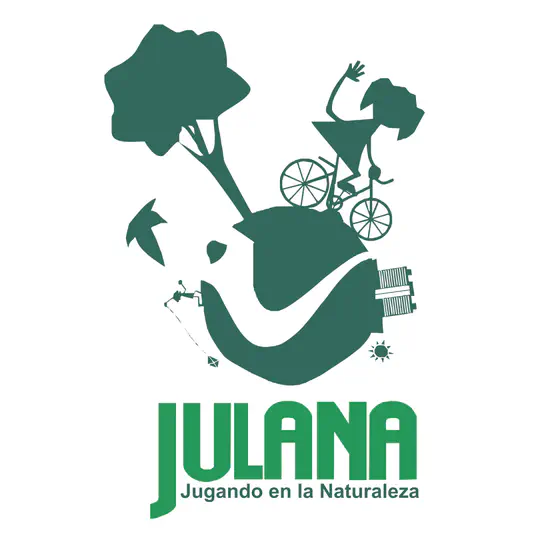Hola 🧉
I’m Flo, a biologist from Uruguay living in the Czech Republic. My research focuses on studying the temporal change of biodiversity. I work mainly in the Neotropical region and specifically with mammalian carnivores, though my research also extends globally and includes work with birds. My interests fall under areas like macroecology, biodiversity informatics, open science and community science. I coordinate Biodiversidata and NaturalistaUY. I’m also into camera-trapping and recording biodiversity. Be aware that on my site, I mix Spanish and English :)
Publications
Preprints
Projects
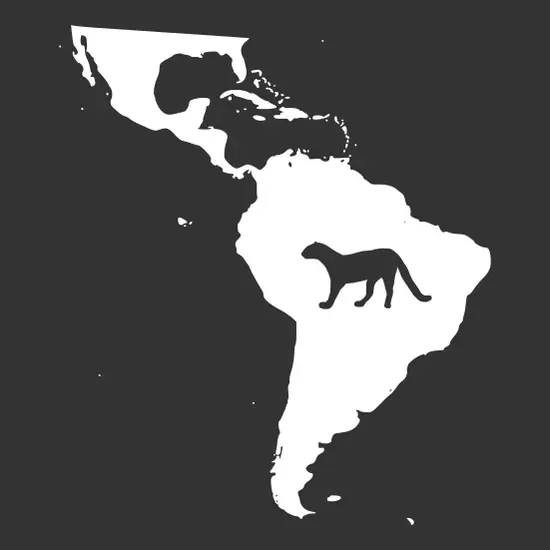
Postdoc at ČZU
Integrating data to detect temporal dynamics of Neotropical carnivores
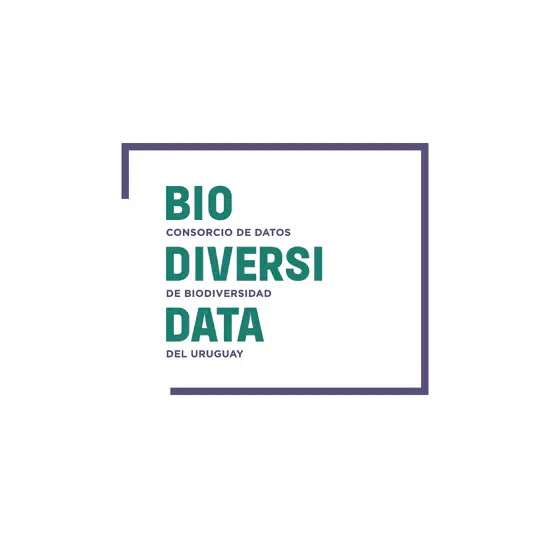
Biodiversidata
Consorcio de Datos de Biodiversidad del Uruguay | Uruguayan Consortium of Biodiversity Data
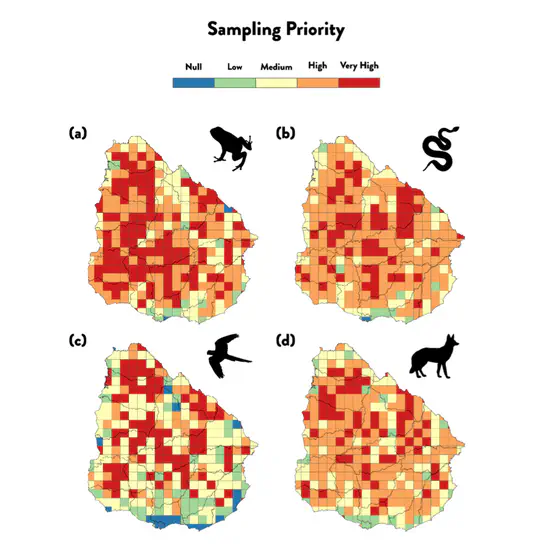
PhD in Life Sciences
Biodiversity informatics and macroecological patterns of biodiversity. Uruguay as a model region

A Computer of One’s Own
Pioneers of the Computing Age
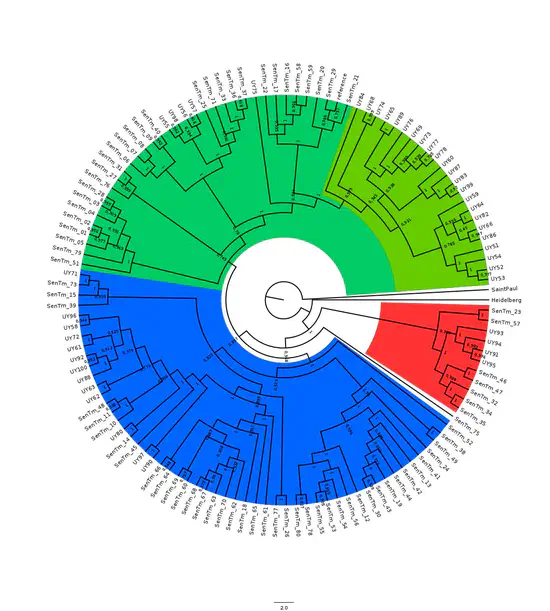
Comparative Genomics
Salmonella as foodborne pathogen - epidemiology, pathogenesis and prevention

Fogones de Fauna
Collaborative-learning experience in the protected area of Paso Centurión
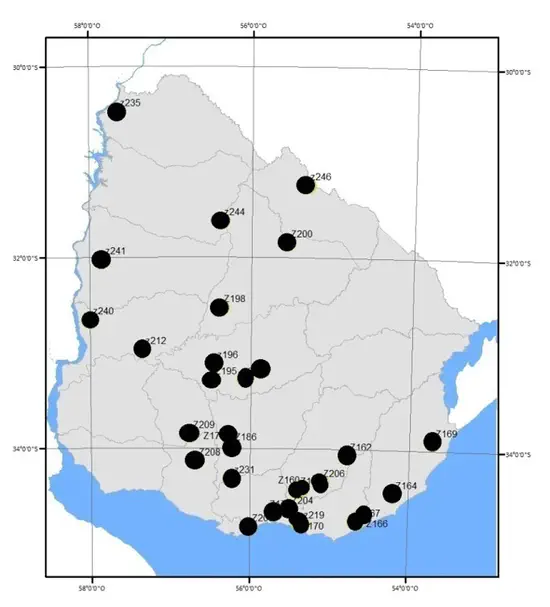
Landscape Genetics
The impact of environmental characteristics in the genetic structure of three native mammal species
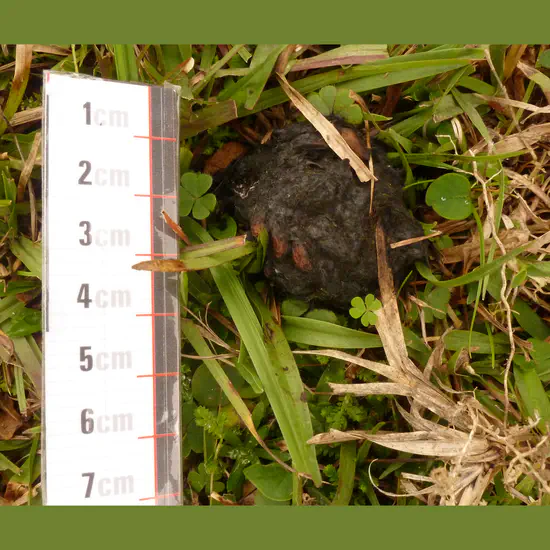
Masters in Biological Sciences
Contributions of molecular ecology to the study of mammals in Uruguay
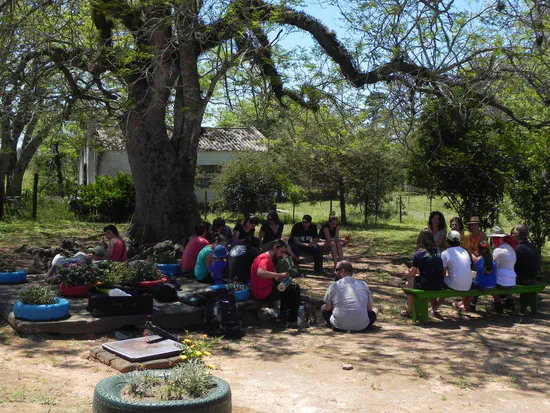
Relaciones sociedad–naturaleza en la frontera
Espacio de Formación Integral (EFI) en Paso Centurión, Uruguay
Blog
A mix of coding, news and personal reflextions

